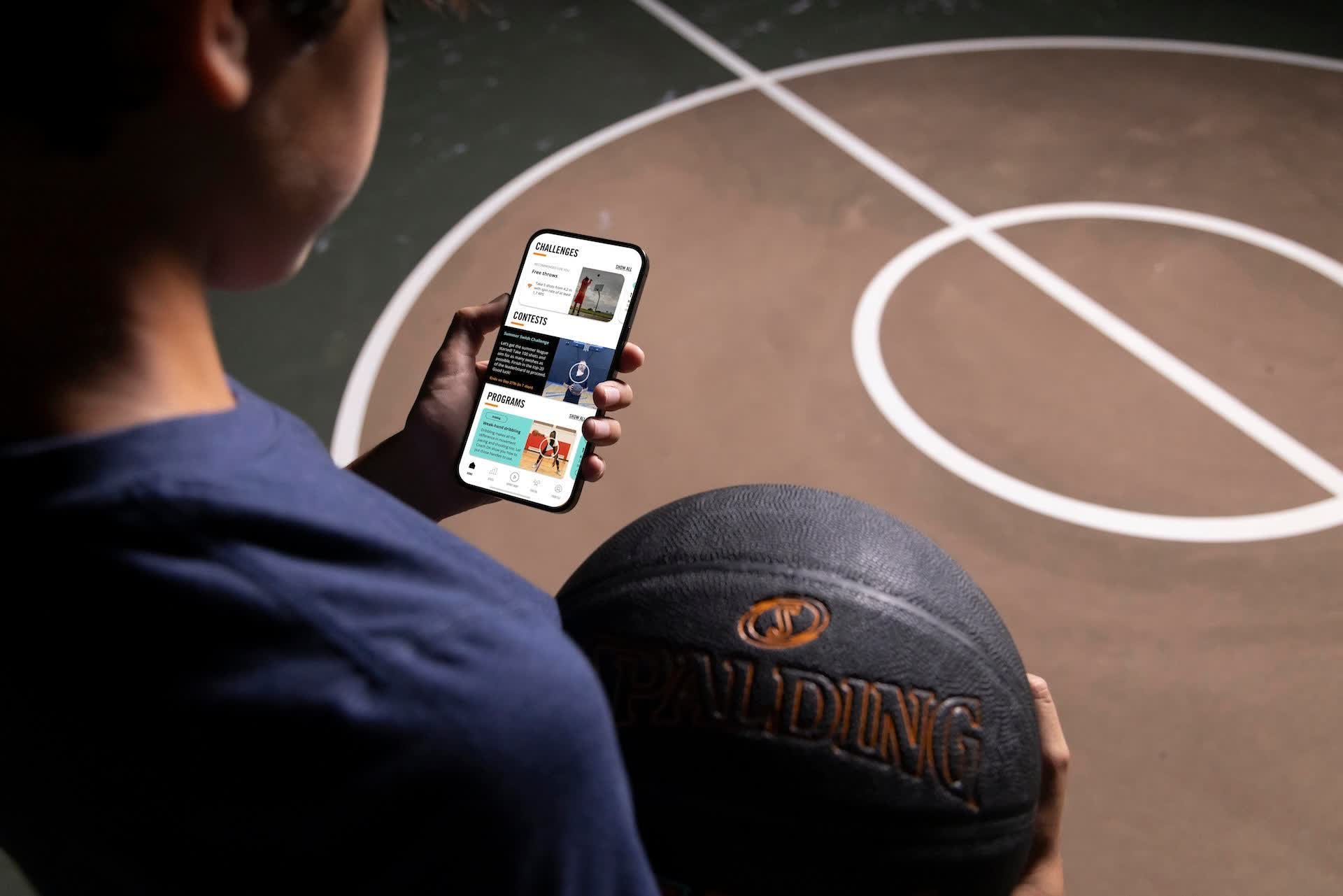In brief: Kinexon and other companies have spent years refining connected-ball technology to enhance sports analytics, improve training, and collect more data than ever. As professional leagues begin adopting the new tech, questions remain about potential minute changes to basketball physics.
Unbeknownst to most players, about half of the NBA games played in Las Vegas earlier this month used balls equipped with smart tracking technology. The league is considering full adoption, but one company behind the chips admits that some subtle changes to ball physics might be inevitable.
Wired reports that companies such as SportsIQ (SIQ) and Kinexion have been developing the technology for years. Their basketballs and soccer balls contain tiny sensors that detect and transmit speed, angle, release time, and other vital data.
Consumers can already purchase connected balls that use smartphone apps to provide granular performance data and help players improve through challenges. Kinexon and Adidas employed smart balls during the 2022 World Cup.
According to Kinexon, the sensors dramatically increased the amount of data available to players, coaches, referees, broadcasters, and fans. The chips can detect the exact moment a ball enters play, potential fouls, shot accuracy over time, the number of passes, and other information to provide a more detailed look at each match.
Implementing the chips into the subtleties of manufacturing basketballs has been more challenging. A few years ago, the sensors weighed too much, although many players couldn't tell during blind tests. While the latest chips add less than a gram to a roughly 600g ball, Kinexon admits that inserting and connecting them could introduce minor but unavoidable changes to a ball's behavior.
Standard basketballs move slightly differently when bounced from the spot where the air valve creates a tiny imperfection. Players have long been accustomed to this behavior, but adding another dent, no matter how small, could create noticeable changes. Reengineering balls to insert sensors through the air valve without creating an additional hole is another option.
SIQ is optimistic about the technology's future, since no players reported issues after 550 games with the connected balls this month. The company plans to eventually connect its sensors to the NBA's existing Hawk-Eye cameras to track individual players.
MLB is currently deciding whether to formally adopt Hawk-Eye, which could be controversial because the technology defines strike zones differently from human umpires.
